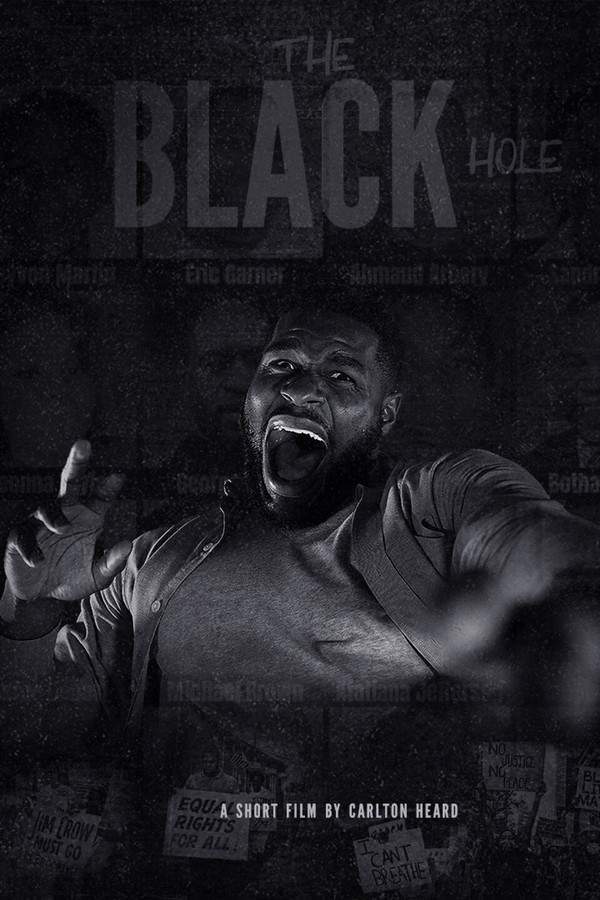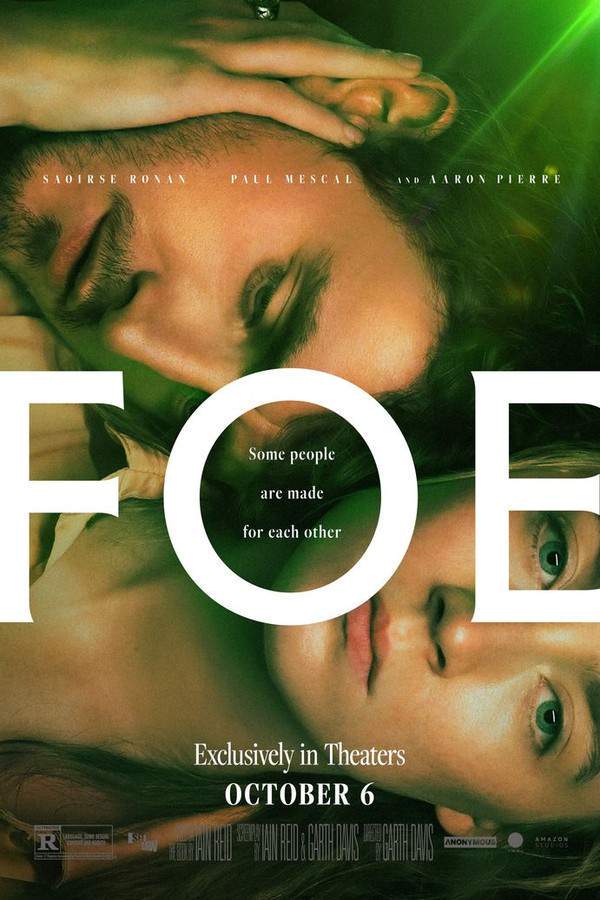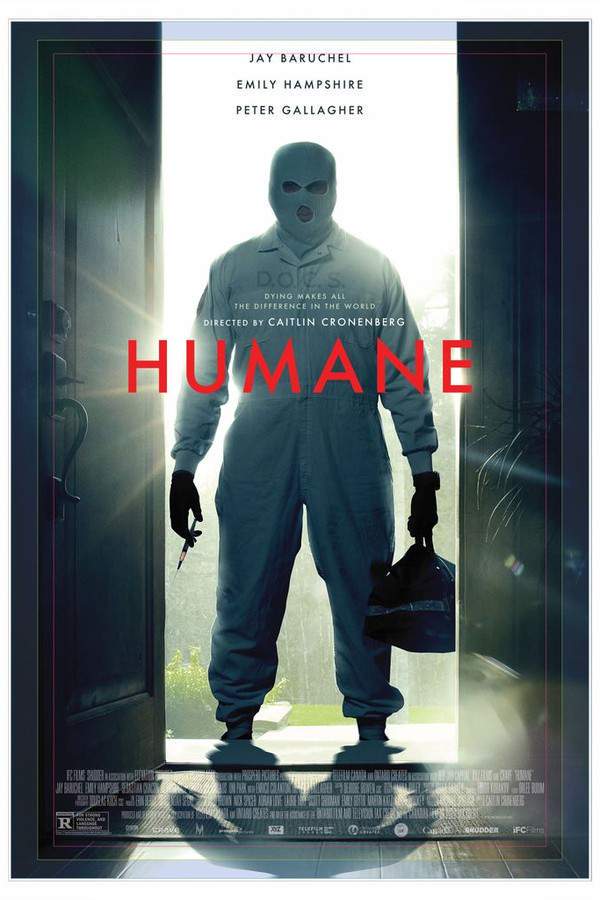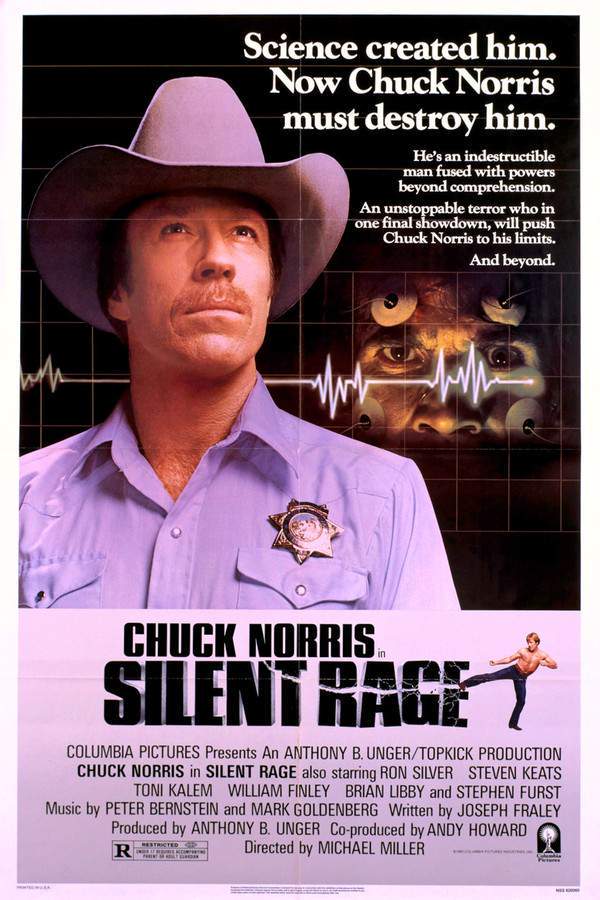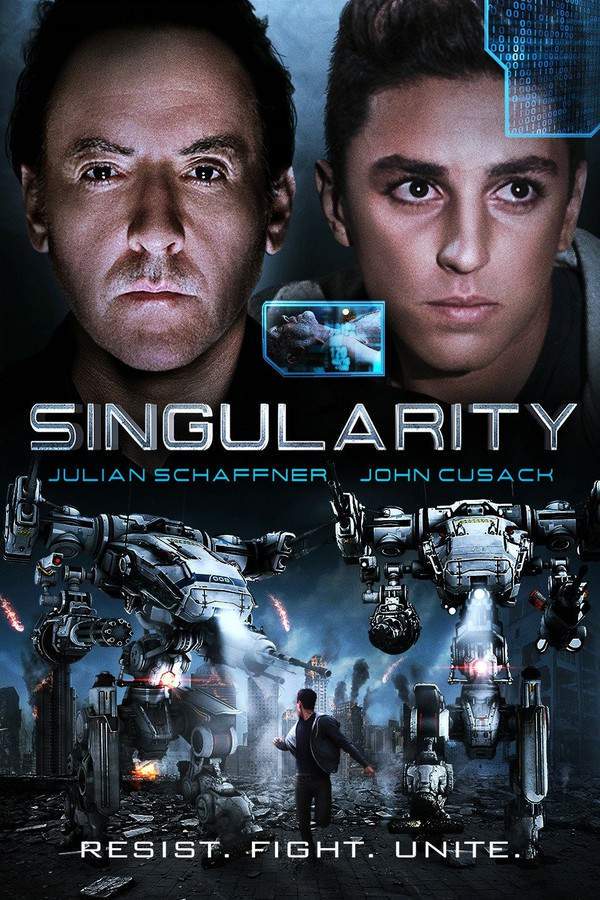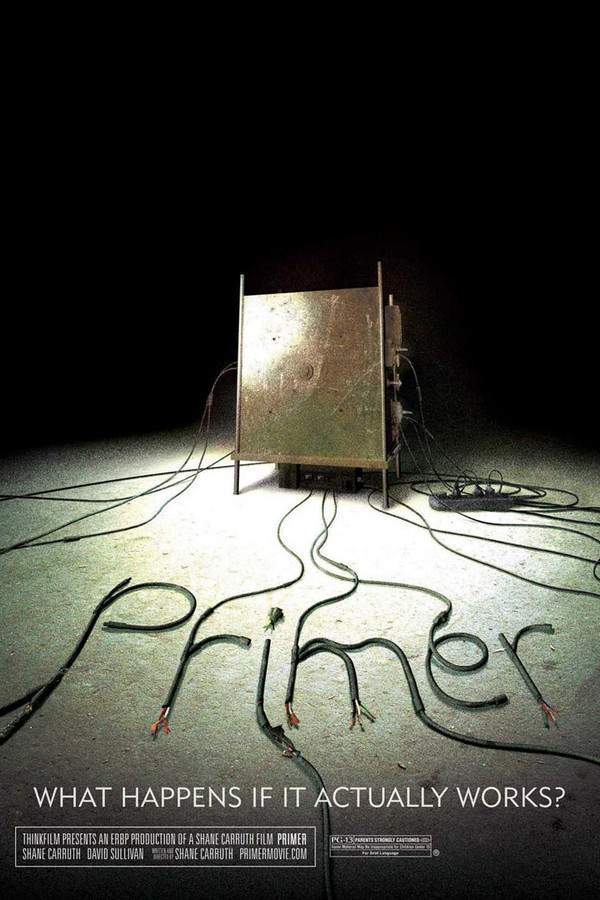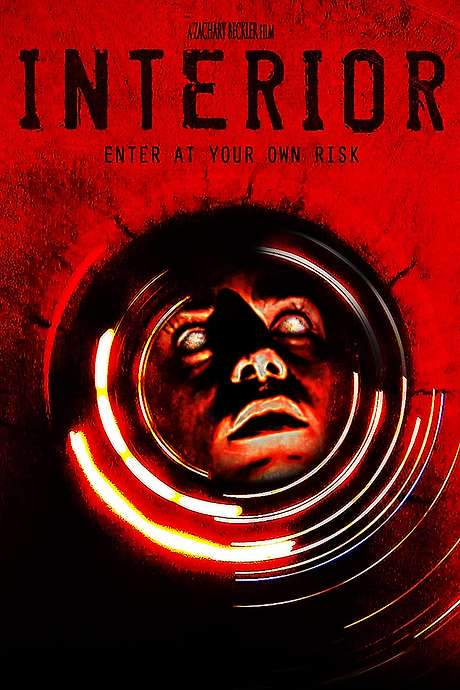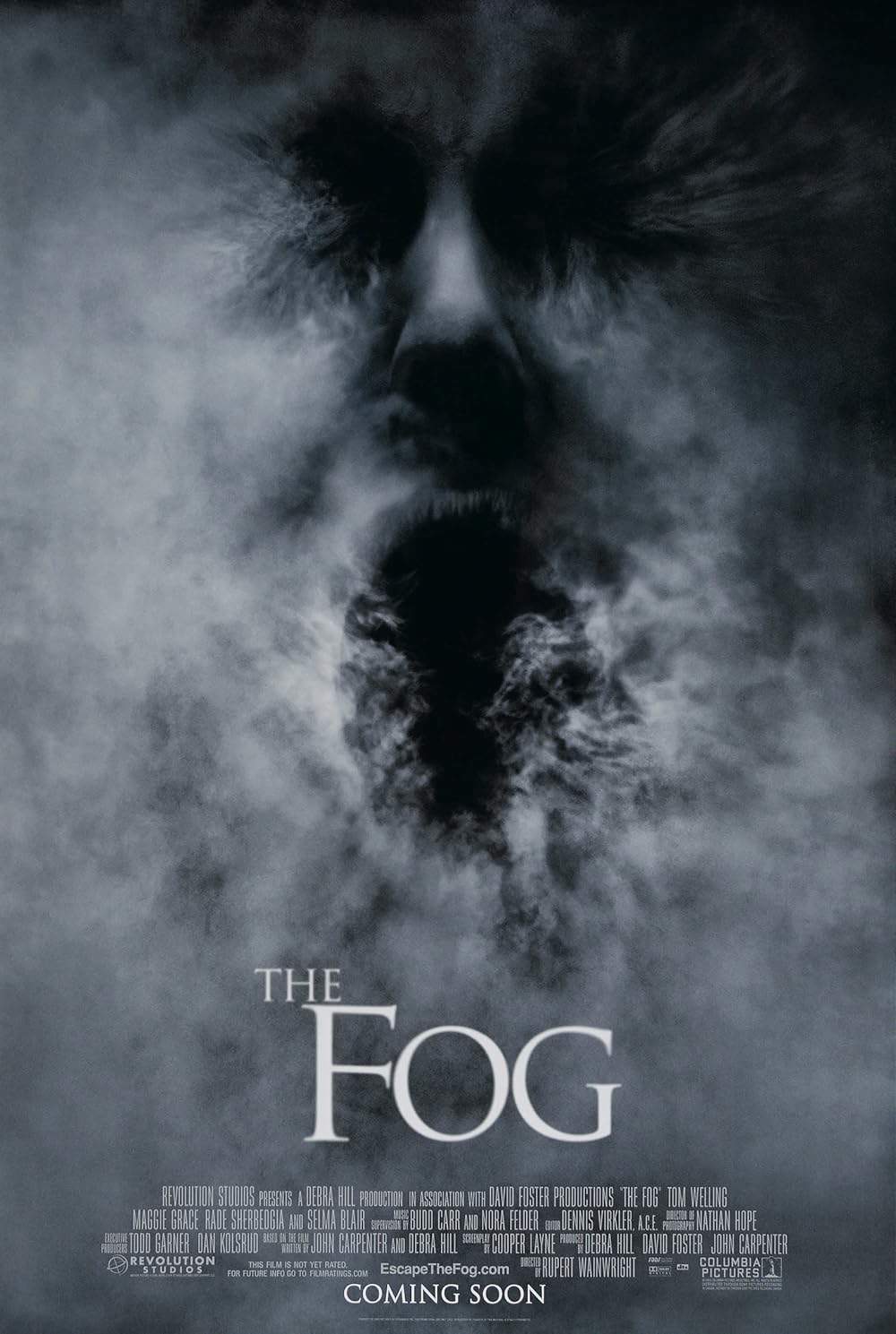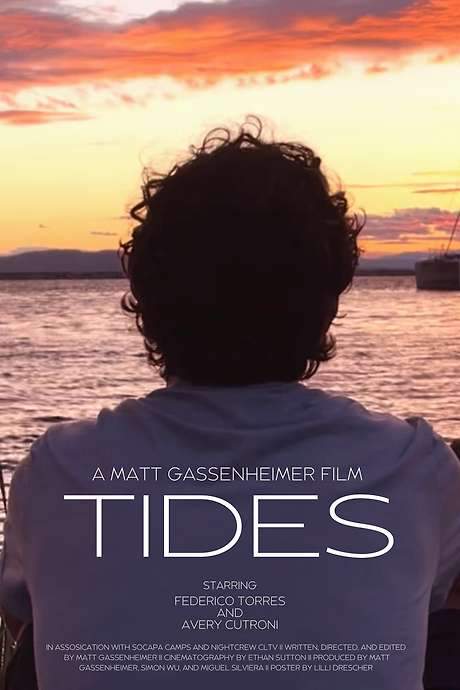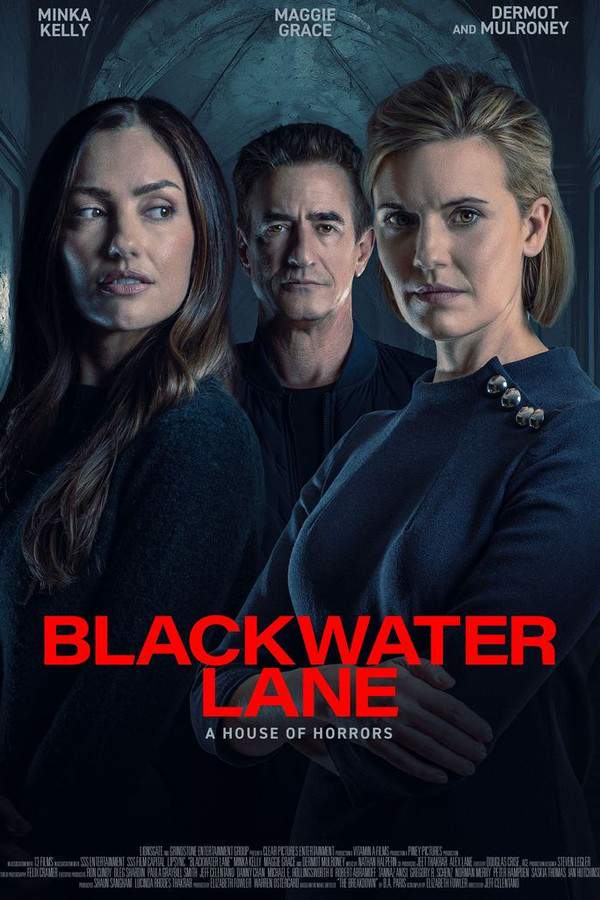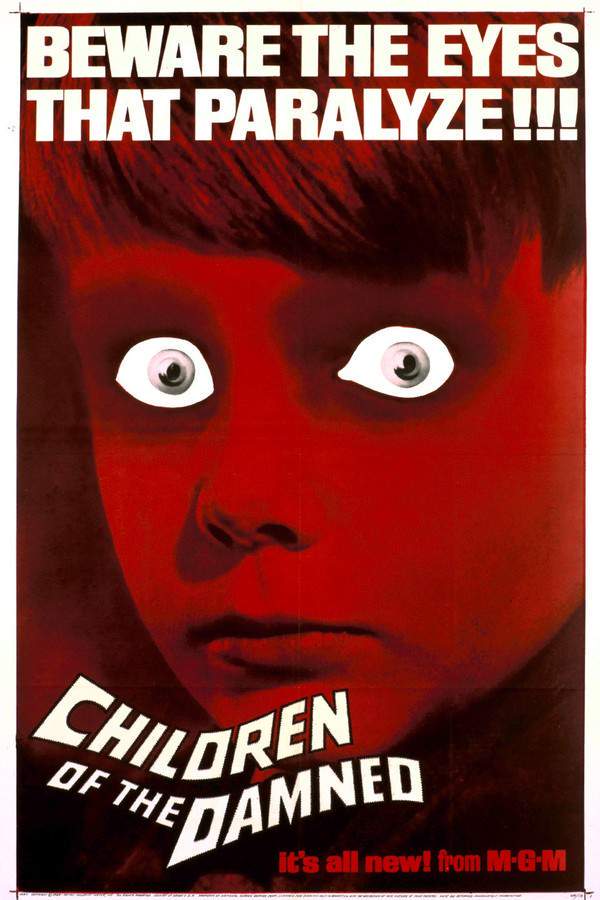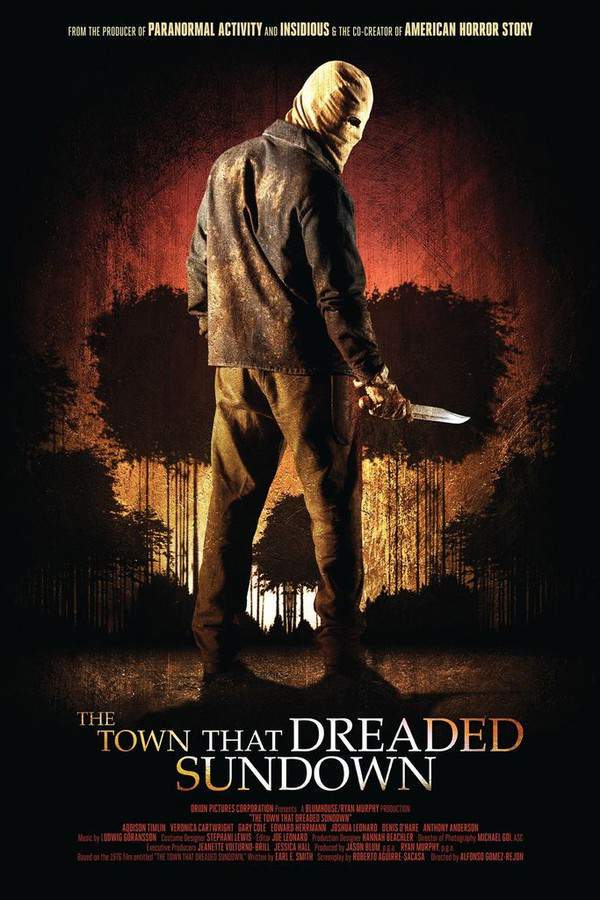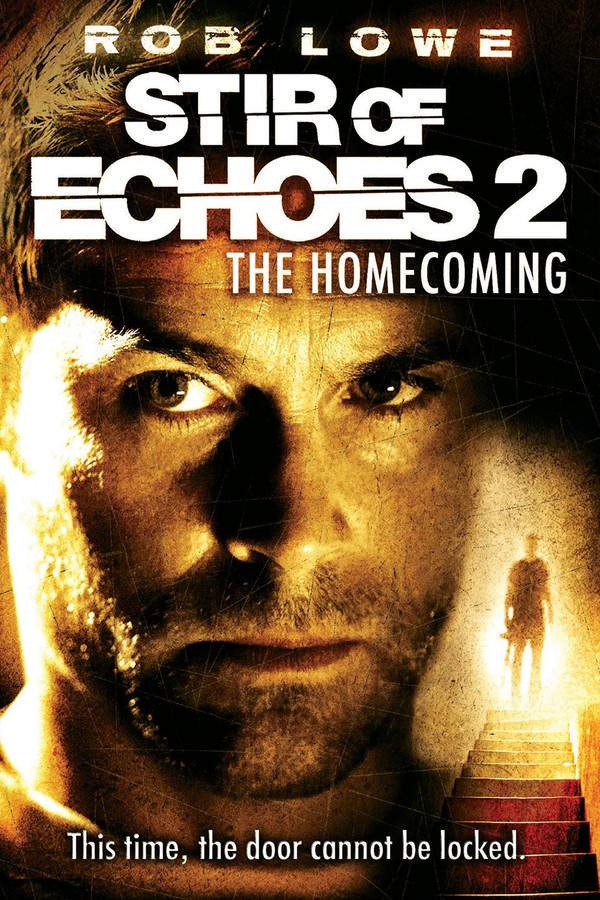
Closer to God
Year: 2014
Runtime: 81 mins
Language: English
Director: Billy Senese
A pioneering scientist achieves a groundbreaking feat by successfully cloning a human being. However, his team's preparations are thrown into disarray when the news of this revolutionary development becomes public prematurely, leading to unforeseen and complicated consequences.
Warning: spoilers below!
Haven’t seen Closer to God yet? This summary contains major spoilers. Bookmark the page, watch the movie, and come back for the full breakdown. If you're ready, scroll on and relive the story!
Timeline & Setting – Closer to God (2014)
Explore the full timeline and setting of Closer to God (2014). Follow every major event in chronological order and see how the environment shapes the story, characters, and dramatic tension.
Last Updated: October 03, 2025 at 10:01
Main Characters – Closer to God (2014)
Meet the key characters of Closer to God (2014), with detailed profiles, motivations, and roles in the plot. Understand their emotional journeys and what they reveal about the film’s deeper themes.
Last Updated: October 03, 2025 at 10:01
Major Themes – Closer to God (2014)
Explore the central themes of Closer to God (2014), from psychological, social, and emotional dimensions to philosophical messages. Understand what the film is really saying beneath the surface.
Last Updated: October 03, 2025 at 10:01
Explore Movie Threads
Discover curated groups of movies connected by mood, themes, and story style. Browse collections built around emotion, atmosphere, and narrative focus to easily find films that match what you feel like watching right now.
Science Gone Wrong Thrillers Like Closer to God
Stories where a revolutionary discovery leads to unforeseen and catastrophic consequences.If you liked the ethical tensions and tragic fallout in Closer to God, explore these movies about scientific hubris. These films feature scientists facing the dire consequences of their breakthroughs, blending high-stakes drama with unsettling horror and thriller elements.
Narrative Summary
These narratives typically follow a linear path from a moment of breakthrough triumph into a spiral of escalating crises. The central conflict arises from the creator's failure to anticipate the moral and practical ramifications of their work, often pitting them against public outrage, corporate interference, or the dangerous nature of the creation itself.
Why These Movies?
Movies in this thread share a heavy emotional weight and a tense tone, driven by the central theme of 'playing god.' They explore similar feelings of dread, anxiety, and moral unease, often culminating in ambiguous or bleak endings that leave the ethical questions hauntingly unresolved.
Atmospheric Thrillers with Moral Dread Like Closer to God
Thrillers where a pervasive sense of unease slowly tightens around a moral crisis.Find more movies like Closer to God that master a slow-burn sense of dread. These selections focus on tense, atmospheric stories where characters grapple with heavy moral decisions, creating a consistently anxious and foreboding viewing experience.
Narrative Summary
The narrative pattern involves a gradual accumulation of pressure from multiple fronts—internal guilt, external threats, and collapsing personal relationships. The pacing is steady, avoiding major action set pieces in favor of sustained psychological tension that makes the eventual outbreak of violence feel inevitable and tragic.
Why These Movies?
These films are grouped by their shared mood and tone. They consistently generate an anxious, reflective, and foreboding atmosphere through a combination of thematic weight and deliberate pacing. The experience is defined by a feeling of inescapable consequence closing in.
Unlock the Full Story of Closer to God
Don't stop at just watching — explore Closer to God in full detail. From the complete plot summary and scene-by-scene timeline to character breakdowns, thematic analysis, and a deep dive into the ending — every page helps you truly understand what Closer to God is all about. Plus, discover what's next after the movie.
Closer to God Summary
Read a complete plot summary of Closer to God, including all key story points, character arcs, and turning points. This in-depth recap is ideal for understanding the narrative structure or reviewing what happened in the movie.

Closer to God Timeline
Track the full timeline of Closer to God with every major event arranged chronologically. Perfect for decoding non-linear storytelling, flashbacks, or parallel narratives with a clear scene-by-scene breakdown.

Closer to God Spoiler-Free Summary
Get a quick, spoiler-free overview of Closer to God that covers the main plot points and key details without revealing any major twists or spoilers. Perfect for those who want to know what to expect before diving in.

More About Closer to God
Visit What's After the Movie to explore more about Closer to God: box office results, cast and crew info, production details, post-credit scenes, and external links — all in one place for movie fans and researchers.


